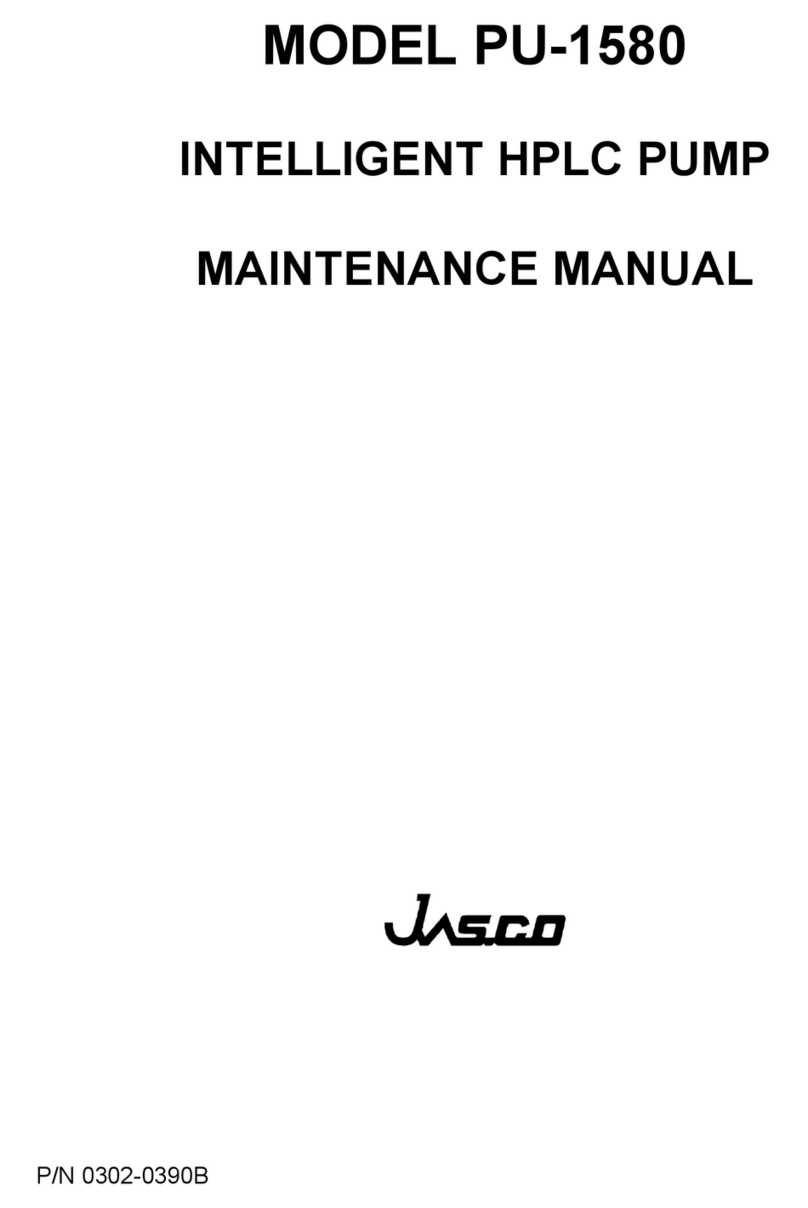
vii
TABLE OF CONTENTS
Safety Considerations.............................................................................. i
Limited Warranty.....................................................................................iii
Regulatory Statements ...........................................................................iv
Preface ....................................................................................................v
Maintenance ...........................................................................................vi
TABLE OF CONTENTS.........................................................................vii
1. Product Description and Specifications............................................ 1
1.1. Product Description ......................................................................................... 1
1.2. Specifications .................................................................................................. 1
2. Part Names and Descriptions .......................................................... 4
2.1. Front Panel ...................................................................................................... 4
2.2. Operation Panel............................................................................................... 5
2.3. Rear Panel....................................................................................................... 6
2.4. Right Side Panel..............................................................................................8
2.5. Bottom Panel ................................................................................................... 9
3. Power-ON and Power-OFF............................................................ 10
3.1. Power-ON and Diagnostic Test ..................................................................... 10
3.2. Power-OFF .................................................................................................... 11
4. Operations in Normal Operation Mode........................................... 12
4.1. Switching Between Constant Flow Mode and Constant Pressure Mode ....... 12
4.2. Constant Flow Mode...................................................................................... 12
4.2.1. Changing the parameters ......................................................................... 12
4.2.2. Constant flow rate start and stop..............................................................14
4.2.3. Error messages during pumping .............................................................. 15
4.3. Constant Pressure Mode ............................................................................... 15
4.3.1. Changing the parameters ......................................................................... 15
4.3.2. Constant pressure start and stop ............................................................. 16
5. Operations in Program Mode......................................................... 17
5.1. Description..................................................................................................... 17
5.2. Setting the File Number (Loading Files) ........................................................ 18
5.3. Switching Between Normal Operation Mode and Program Mode.................. 18
5.4. Gradient mode confirmation .......................................................................... 19
5.5. Editing a Program in High-pressure Gradient Mode ......................................20
5.5.1. Editing the initial conditions ...................................................................... 20
5.5.2. Editing time programs .............................................................................. 21
5.5.3. Example of a high-pressure gradient program ......................................... 25
5.6. Low-pressure gradient mode ......................................................................... 26
5.6.1. Editing the initial conditions ...................................................................... 26




























